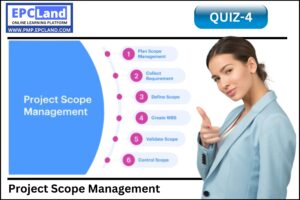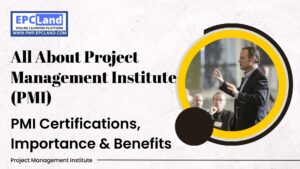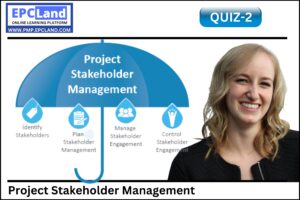1.
You are managing a software project. Your team has been working for eight weeks, and so far the project is on track. The lead programmer comes to you with a problem: there is a work package that is causing trouble. Nobody seems to know who is responsible for it, the accounting department does not know what cost center to bill it against, and it’s not even clear exactly what work should be performed. Which of the following would BEST help this situation?
2.
You’ve taken over as a project manager on a highway construction project, and the execution is already under way. Your sponsor tells you that moving forward, all asphalt should be laid down with a 12” thickness. The scope statement and the WBS call for 9” thick asphalt. What is the BEST course of action?
3.
What is the correct order of the Scope Management processes?
4.
It’s the end of execution for a large highway construction project. The work has been done, and the workers are ready to pack up their equipment. The project manager and project sponsor have come by with specialists to check that each requirement has been met, and that all of the work in the WBS has been performed. What process is being done?
5.
You have just been put in charge of a project that is already executing. While reviewing the project documentation, you discover that there is no WBS. You check the Scope Management plan and discover that there should be one for this project. What is the BEST thing for you to do:
6.
Which of the following is NOT TRUE about a work breakdown structure?
7.
The goal of Validate Scope is:
8.
A project manager on an industrial design project finds that the sponsor wants to make a change to the scope after it has been added to the baseline, and needs to know the procedure for managing changes. What is the BEST place to look for this information?
9.
Historical information and lessons learned are part of:
10.
Which of the following BEST describes the purpose of a requirements traceability matrix?






























